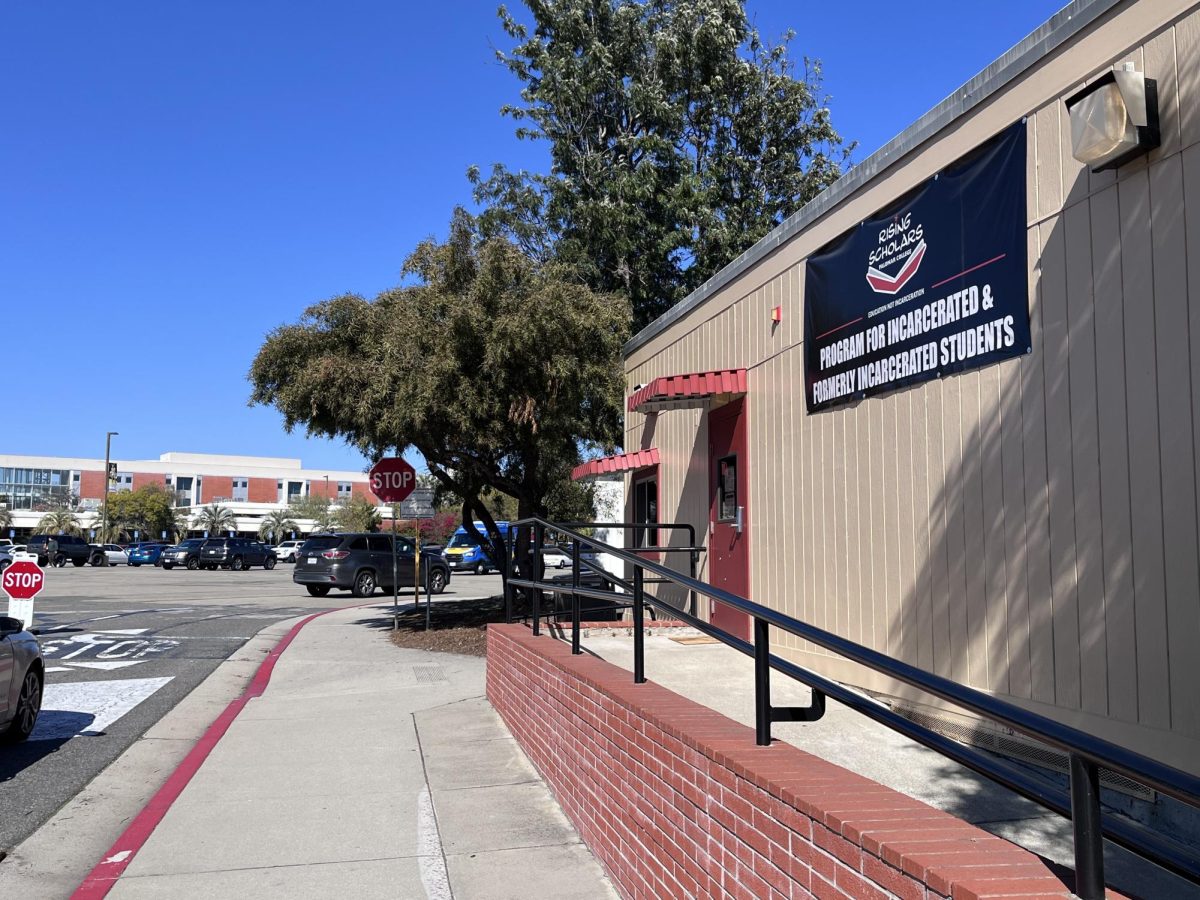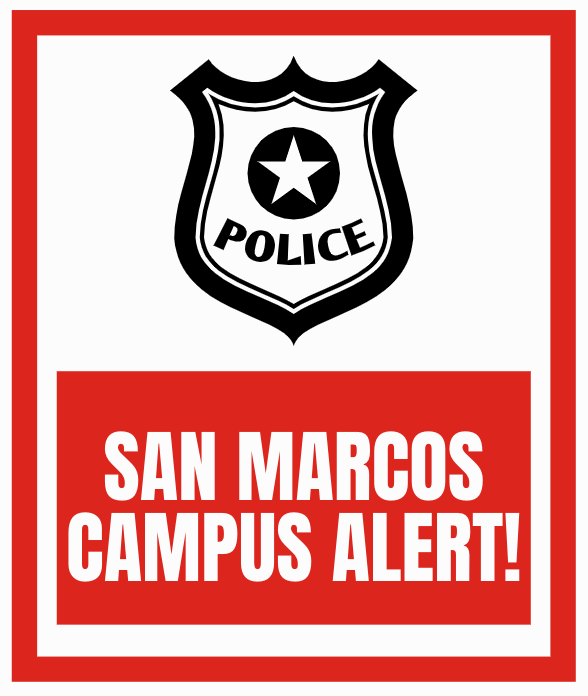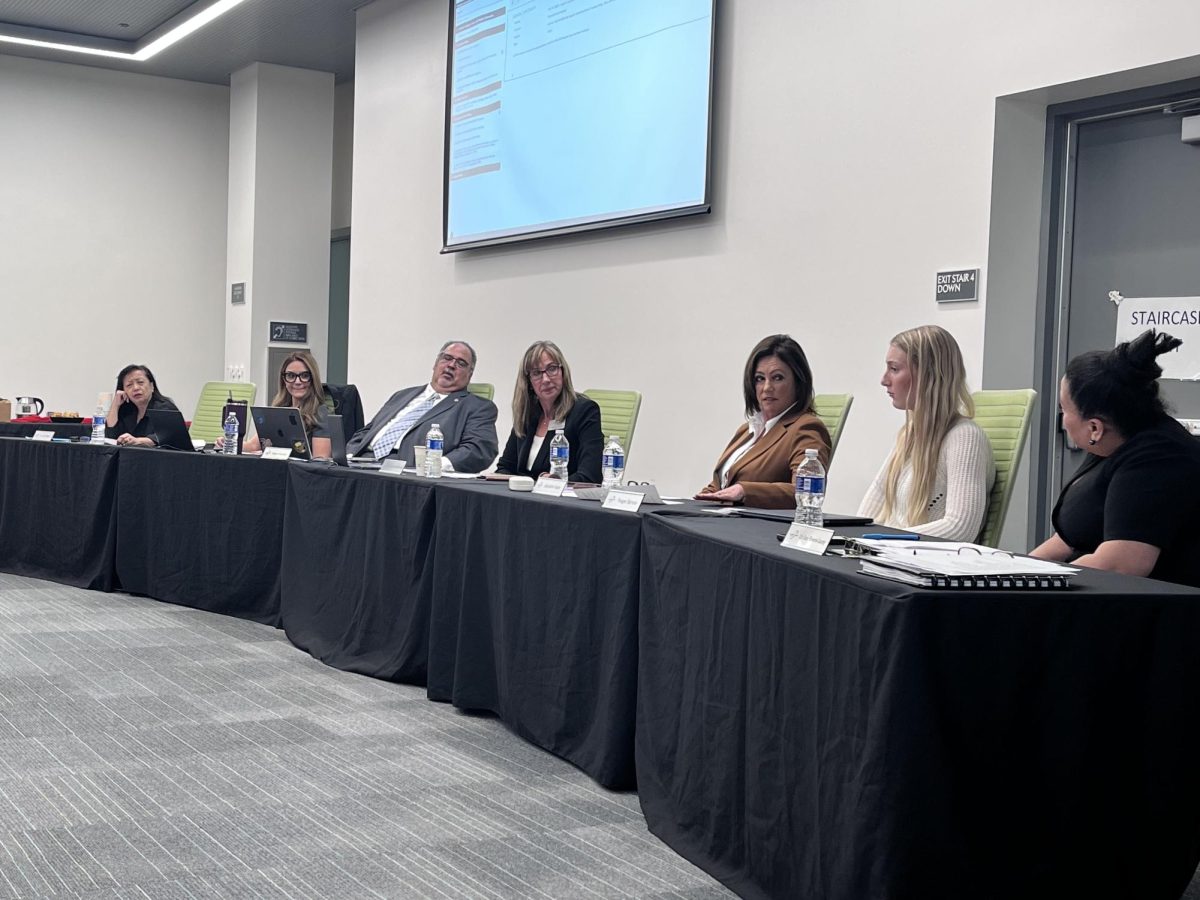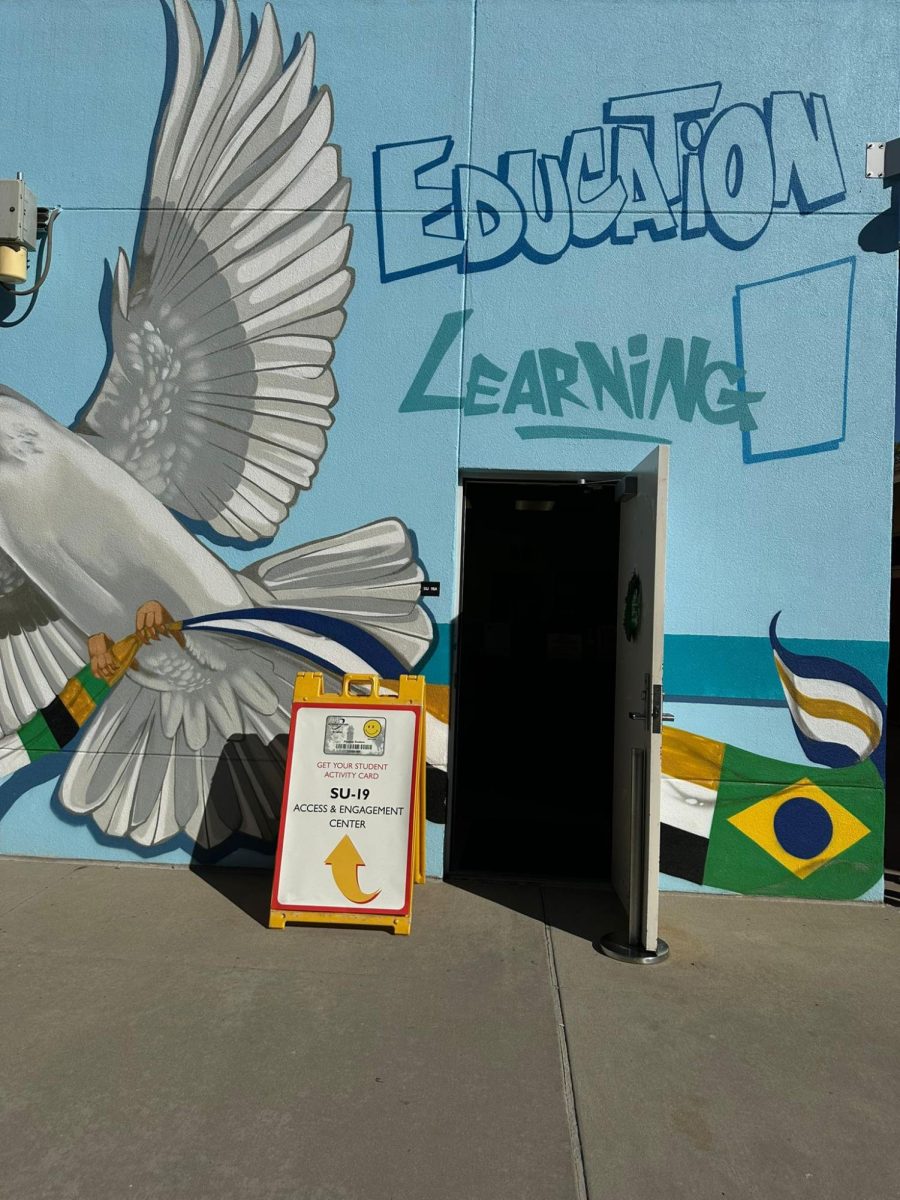Story by Nick Ng, Riley Sullivan and Thalia Medina
In the Chancellor’s report from last March, Palomar College’s Board members discussed the budget development being monitored. The Board is still struggling to balance the budget and other recommendations are going to be initiated within the college.
For Palomar to predict its future revenue, the enrollment management task force uses the Student Centered Funding Formula (SCFF), a calculation of how California community colleges receive their funding.
The formula allocates funds based on three factors:
- Student enrollment.
- Number of students receiving a College Promise Grant, Pell Grant and students covered by AB 540. The latter allows undocumented and other eligible students access to in-state tuition rates.
- Student success in earning associate degrees and credit certificates, transferring to four-year universities and other areas.
The SCFF Hold Harmless Revenue is projected to be about 10.5% in the 2021-22 school year, but it is expected to drop to about 3.7% in the following school year. The reserves are projected to be in the negatives beginning in the 2023-24 school year.
This February’s fiscal report states that the District needs to reduce its total spending on Palomar’s employee salary to less than 85% of its incoming revenues to help prevent running into debt by the 2024-25 school year.
Currently, the spending is at 90%. When the hold harmless protection goes away at the beginning of that school year, Palomar will suffer a reduction of $8 million to spend—unless it rounds up about 1,500 full-time students by mid-2024 to break even.












